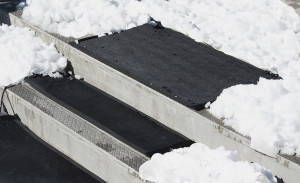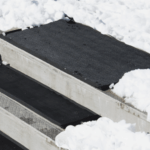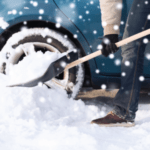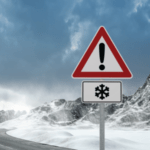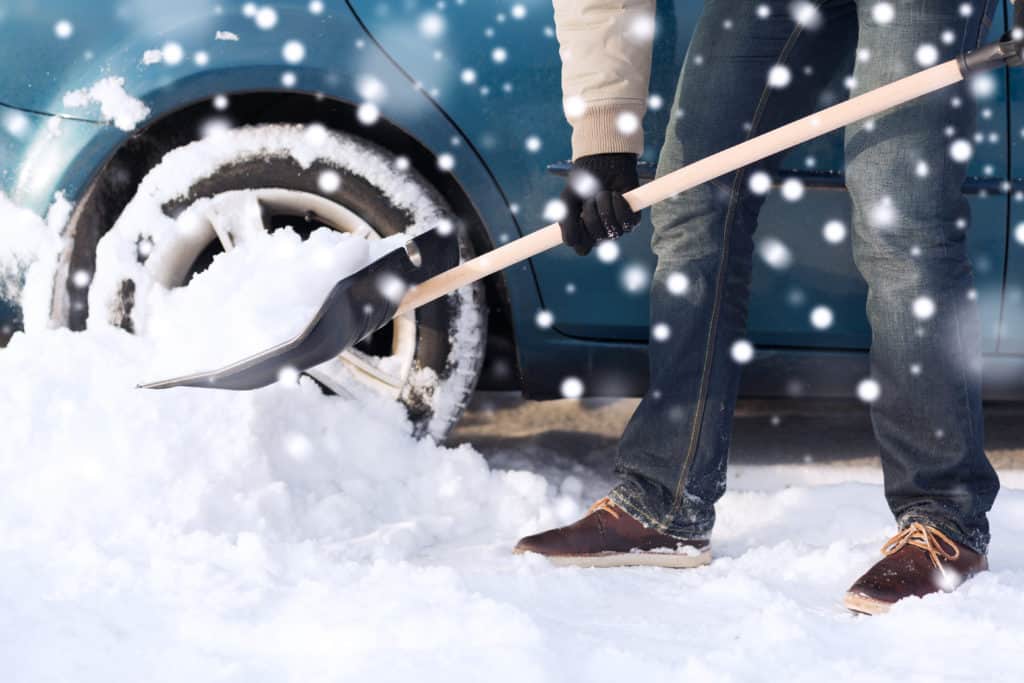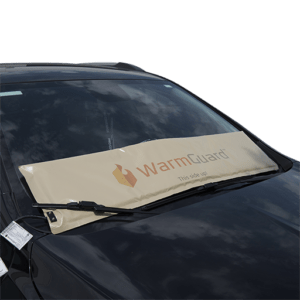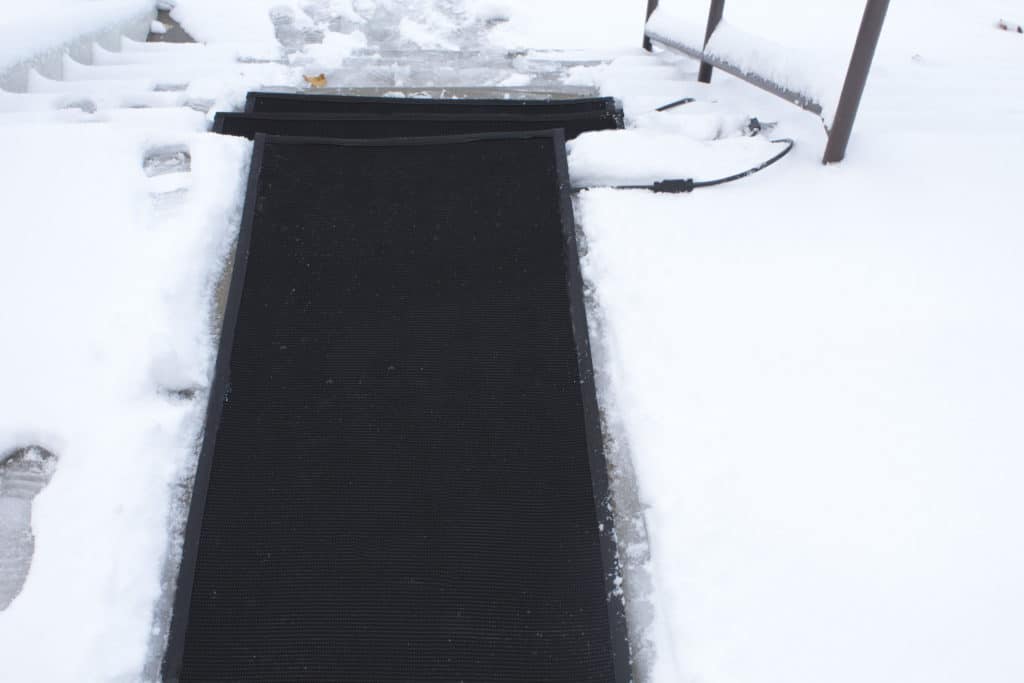Industrial Winter Safety
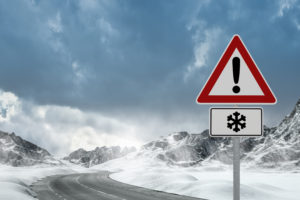
Cold Weather Safety Tips
- Wear layered clothing
- Stay hydrated, even when you think you are not sweating
- Take regular breaks
- Wear appropriate footwear
- Understand signs and treatments for frostbite and hypothermia
- Prepare your vehicle for winter driving
- Clear snow and ice from walkways and paths
The leaves are falling, and so is the temperature. Winter will be here shortly. While it is beautiful and enchanting, winter can pose some major hazards if you haven’t prepared for it. Failing to recognize and respect the dangers of winter is not recommended.
Whether you are traveling through, working in, or enjoying the weather, the following cold weather safety tips for outdoor workers will ensure your safety and good health:
Wear Layered Clothing
Multiple layers of loose-fitting clothing allow the worker to adjust their comfort level and protection based on the current temperature. Tight-fitting clothes reduce blood circulation. Many forget the danger of sunburn when it is cold outside, but it is always important to protect yourself from the sun. Wear a hat, scarf, or face covering, and always wear waterproof gloves. The goal is to expose as little skin as possible. Also, it is wise to keep a change of clothes with you in case your existing clothes get wet. Being wet can increase the rate of heat loss from the body.
Stay Hydrated
It’s easy to forget the simple importance of hydration when it is cold outside. It’s not like the steamy summer months when we know we are sweating. You still sweat—even in cold temperatures. For optimal performance, keep the body hydrated with water.
Breaks are Good
When the weather is particularly cold and/or windy, regular breaks are important. If possible, take a break inside or under a shelter where you can warm up a bit. If it gets very cold, get inside and warm up.
Wear Good Shoes
Wear proper footwear when tackling winter weather. A pair of water-resistant and insulated boots with rubber treads are important for industrial winter safety. Slow your pace and shorten your steps when navigating snowy/icy walkways.
Know the Signs
Frostbite and hypothermia can set in unexpectedly. Get inside if you begin to experience either. If a co-worker seems to be manifesting signs of cold stress, help them get help immediately. Be aware of those around you and take care of each other.
Frostbite causes loss of feeling and color around the face, fingers, and toes.
What to look for:
- Numbness
- White or grayish-yellow skin
- Firm or waxy skin
What to do:
- Go to a warm room/location.
- Soak in warm water.
- Use body heat to warm.
- Do not massage or use a heating pad.
Hypothermia is an unusually low body temperature. A temperature below 95 degrees is an emergency.
What to look for:
- Shivering
- Exhaustion
- Confusion
- Fumbling hands
- Memory loss
- Slurred speech
- Drowsiness
What to do:
- Go to a warm room
- Warm the center of the body first—chest, neck, head, and groin
- Keep dry and stay wrapped up in warm blankets. Do not neglect to cover the head and neck.
Proper Heat Ventilation
If using a non-electric heater, ensure that there is proper ventilation to let gasses like carbon monoxide escape. Carbon monoxide poisoning is a silent, deadly killer, claiming about 1,000 lives each year in the United States.
- Install a carbon monoxide detector.
- NEVER run generators indoors.
- Open a window slightly when using a kerosene heater and follow the manufacturer’s instructions.
- NEVER use a gas oven to heat your home.
- If your heat goes out, close off rooms you do not need, dress in layers of lightweight clothing, and wear a cap.
Prepare for Winter Driving
Top off your fluids, drive slowly, and allow yourself additional time to travel. Pay attention to changing road conditions.
- Check your tires
- Assess your battery
- Top off your fluids (coolant, wiper fluid, oil, etc)
- Have jumper cables
- Pack a blanket/safety kit for emergencies
You never know when this preparation may save your life or the life of someone else. This website is an excellent resource for winter preparation and survival, ready.gov.
Clear the Path
Make sure that walkways, paths, stairs, and entries are free from snow and ice. Do this as quickly as possible when a winter storm sets in. Slips, trips, and falls will decrease dramatically when the path is clear.
While our Summerstep industrial snow-melting mats have been discontinued, Powerblanket’s ground-thawing and snow-melting blankets can be used in a similar way to enhance safety and reduce manual labor. Originally designed for thawing frozen ground, these durable heated mats are highly effective for melting snow and ice on walkways, stairs, and entry points—without the need for chemicals, salt, or backbreaking shoveling.
By applying steady, radiant heat, these mats help keep walking surfaces clear and dry even during active snowfall. They’re a reliable and efficient addition to your winter safety strategy, especially for industrial and commercial environments.
Always use proper engineering controls, safe work practices, and personal protective equipment (PPE) required by your employer in all work conditions.
Frequently Asked Questions
What are the OSHA tips for cold weather?
OSHA recommends staying dry, keeping extra clothing handy, drinking warm sweetened fluids, and avoiding contact with cold metal or wet surfaces to prevent heat loss and cold stress.
What are the safety tips for working in extreme cold weather?
To work safely in extreme cold, wear at least three layers of loose-fitting clothing, insulated gloves and boots, cover your head, and monitor both your physical condition and that of your coworkers for signs of cold stress.
What temperature is legally too cold to work outside?
While there is no specific legal temperature limit, employers must ensure worker safety in cold conditions, as even temperatures around 40°F can be hazardous with prolonged exposure, especially if it's windy or wet.
What are the 4 P's of winter safety?
The "Four Ps" of winter safety are people, pets, pipes, and plants, emphasizing the importance of dressing in layers and taking precautions to protect all four from cold weather.
Keep your steps, doorways and walkways safe this winter with our ground-thawing and snow-melting blankets.


